News Beat
News Beat reporting is an idrw.org initiative to let our Readers to report News Based on Actual facts but some how has not been reported in Main Stream Media .
SOURCE: RAUNAK KUNDE / NEWS BEAT / IDRW.ORG
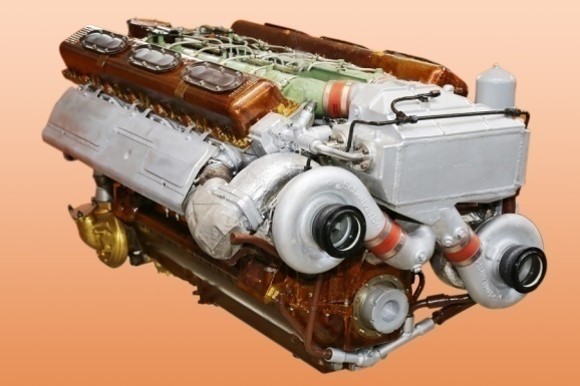
The Indian Army is gearing up to upgrade its existing fleet of T-72 tanks by equipping them with a more powerful 1000-hp engine and its associated systems. The upgrade falls under the “MAKE” category, which encourages the involvement of Indian industries in defence projects. As a result, Indian industries have the opportunity to participate in the Transfer of Technology (ToT) for the upgradation of T-72 tanks.
To accommodate the uprated engine and various value-added modules, the weight of the T-72 tank has increased from 41 tonnes to 44 tonnes. The Combat Vehicles Research & Development Establishment (CVRDE) has focused on improving the mobility characteristics of the tank by increasing the power output from the existing engine produced by the Ordnance Factory Board.
Continue readingSOURCE: RAUNAK KUNDE / NEWS BEAT / IDRW.ORG

Atul Dinkar Rane, the CEO and MD of BrahMos Aerospace, recently stated in a media interaction that the Chinese Russian S-400 air defence system deployed near the Indian border areas would not be able to intercept the BrahMos cruise missile.
The BrahMos missile, a supersonic cruise missile, is fundamentally different from a ballistic missile. Rane emphasized that the S-400 air defence system is primarily designed and fine-tuned to counter ballistic missiles, which follow a different trajectory and have distinct characteristics. Due to the BrahMos missile’s exceptional speed and agility, it is difficult for any surface-to-air missile, including the S-400 system, to intercept it effectively.
Continue readingSOURCE: RAUNAK KUNDE / NEWS BEAT / IDRW.ORG

Dassault’s Rafale Marine, which shares a significant proportion of its components with the Rafale fighter jets acquired by the Indian Air Force, is expected to be offered to India at a more appealing price point. This development comes as India prepares to clear the deal and announce the winner of the Multi-Role Carrier Borne Fighter (MRCBF) program, which aims to equip the INS Vikrant with 26 fighter jets.
The potential agreement is expected to be discussed during the Indian Prime Minister’s visit to France on July 13-14, where he will be the Guest of Honor at the Bastille Day Parade. Dassault’s Rafale-M, having outperformed its rival Boeing’s F/A-18 Super Hornet, has been deemed more suitable for meeting the operational requirements and criteria of the Indian Navy.
Continue readingSOURCE: RAUNAK KUNDE / NEWS BEAT / IDRW.ORG

IIT Kanpur, the prestigious Indian Institute of Technology, has achieved a significant milestone by developing an indigenous version of the Kamikaze drone, a type of suicide drone. This innovative drone can carry a warhead weighing up to 6 kg and can travel a distance of 100 km.
Subramaniam Sadrala, Assistant Professor in the Aerospace Department at IIT Kanpur, explained that the drone is equipped with cutting-edge stealth technology, allowing it to evade radar detection effectively. The development of this drone has been underway since last year under the DRDO’s Young Scientist Laboratory (DYSL-CT) project.
Continue readingSOURCE: RAUNAK KUNDE / NEWS BEAT / IDRW.ORG
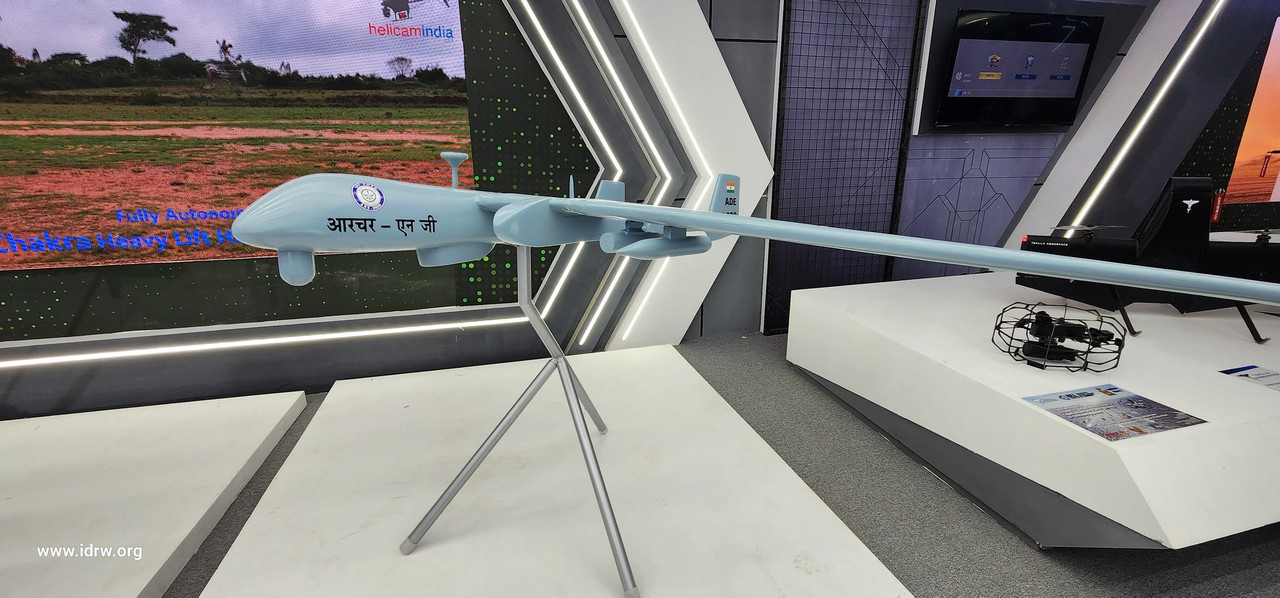
According to the latest media reports, Archer Ng (Next-Generation) is in the final stages of fabrication. This indigenously developed Weaponized Medium Altitude Long Endurance (MALE) Unmanned Aerial Vehicle (UAV) is expected to be rolled out for developmental trials by the end of next month or the subsequent month. The first flight of the UAV is planned for October, marking a significant milestone in India’s UAV development program.
Archer Ng has been designed to perform a range of missions, including Intelligence, Surveillance, Target Acquisition, and Reconnaissance (ISTAR) as well as strike operations.
Continue readingSOURCE: RAUNAK KUNDE / NEWS BEAT / IDRW.ORG
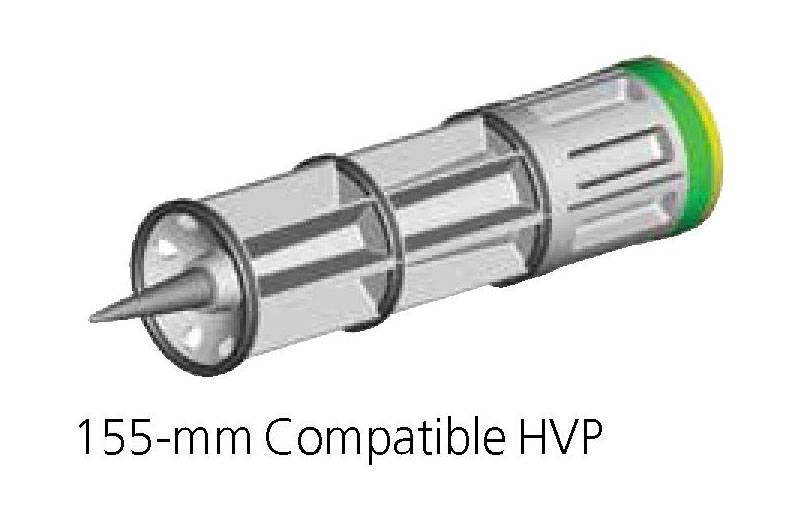
The Armament Research & Development Establishment (ARDE) has announced its ambitious plans to develop a next-generation Hyper Velocity RAM Gun (HVRG). This innovative projectile aims to revolutionize gun systems by offering a common, low-drag, and guided solution capable of executing multiple missions. The HVRG promises enhanced lethality, improved performance, and reduced costs, while also adapting to current and future threats.
The Hyper Velocity RAM Gun projectile is designed to provide significant lethality and performance enhancements to existing and future gun systems. By incorporating advanced technologies, the projectile offers improved accuracy, increased velocity, and manoeuvrability.
Continue readingSOURCE: RAUNAK KUNDE / NEWS BEAT / IDRW.ORG
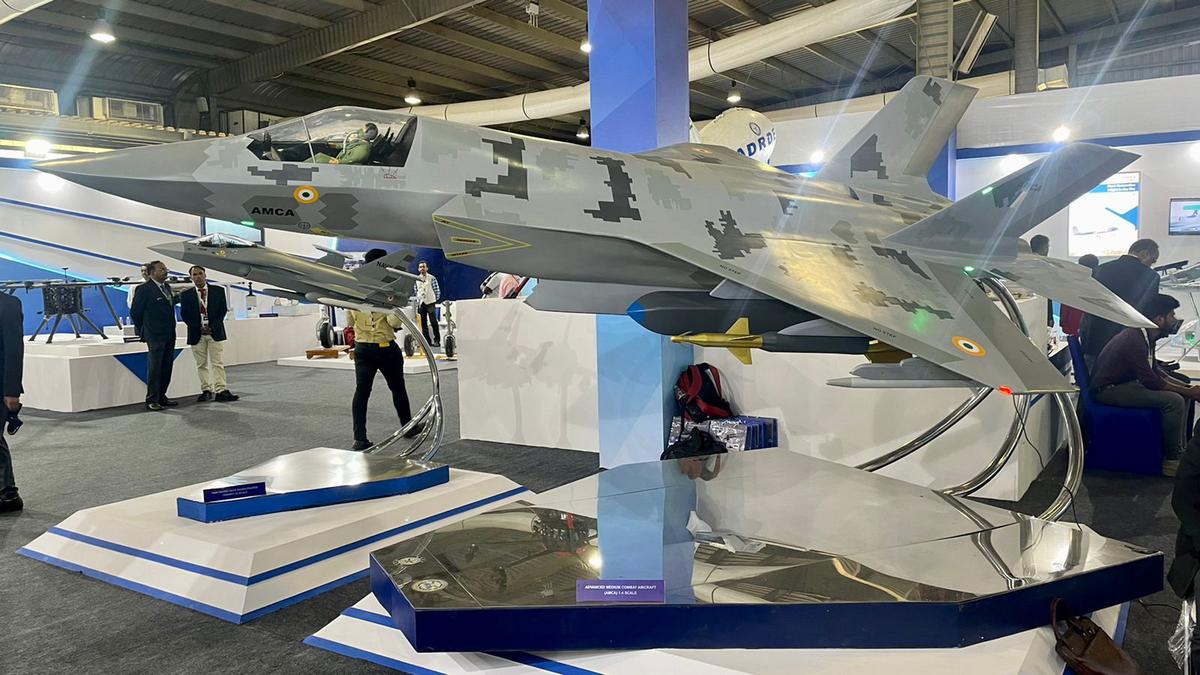
India’s ambitious 5th generation Advanced Medium Combat Aircraft (AMCA) program is on the verge of a crucial milestone as the Ministry of Defence (MoD) is set to decide on the selection of an engine partner. This crucial step is expected to occur before the program receives official clearance from the Cabinet Committee on Security (CCS).
The Aeronautical Development Agency (ADA) and the Indian Air Force (IAF) have already determined that the AMCA program will consist of two variants: the MkI variant, which will be powered by the older F-414 engine, and the MkII variant, which will require a new 110-kN class engine.
Continue readingSOURCE: RAUNAK KUNDE / NEWS BEAT / IDRW.ORG
The Gas Turbine Research Establishment (GTRE) has made significant progress in addressing the major issues associated with the Dry Kaveri engine, which is slated for use on the proposed Unmanned Aerial Strike Attack Platform that India plans to develop alongside its AMCA 5th generation fighter jet. The Dry Kaveri engine, expected to provide a thrust of 46-48kN, has undergone substantial refinements, and further enhancements are in the pipeline, with engine deliveries planned to commence in 2024.
Insiders familiar with the matter have revealed that the new Dry Kaveri engine, to be manufactured by Godrej Aerospace, will be subjected to performance evaluation across various flight regimes, including high-altitude trials. These trials will serve as crucial milestones in assessing the engine’s capabilities and ensuring its suitability for a wide range of operational scenarios.
Continue readingSOURCE: RAUNAK KUNDE / NEWS BEAT / IDRW.ORG

Dassault Aviation, the renowned French aircraft manufacturer, has extended its support to India in the development of a 26-ton Twin Engine Deck Based Fighter (TEDBF) for the Indian Navy. The TEDBF is intended to replace the Russian-origin MiG-29K fighter jets currently in service on India’s aircraft carriers. Dassault, which is already in the running to supply the Indian Navy with 26 Rafale M carrier-based fighter jets, has offered its expertise in the development of the TEDBF.
The Indian Navy’s MiG-29K fleet has been facing challenges in terms of maintenance and logistical issues, prompting the need for a reliable and advanced replacement. Dassault, with its experience in developing the carrier-based Rafale M fighter jet, is well-positioned to provide valuable assistance to India in the development of the TEDBF but it is unclear if India will be interested in taking help from Dassault.
Continue readingSOURCE: RAUNAK KUNDE / NEWS BEAT / IDRW.ORG

The Combat Vehicles Research & Development Establishment (CVRDE), a prestigious institution under the Defense Research and Development Organization (DRDO), has embarked on an ambitious plan to develop a nuclear-powered engine for ground vehicle applications.
Collaboration likely with the Bhabha Atomic Research Centre (BARC), CVRDE aims to create a compact and lightweight nuclear reactor that can serve as a mobile power source for military applications. While this concept may seem far-fetched, the idea of nuclear-powered ground vehicles has been around for several decades, with recent studies highlighting the potential of thorium-based micro-reactors and atomic batteries as alternatives.
Continue readingSOURCE: RAUNAK KUNDE / NEWS BEAT / IDRW.ORG

The Ministry of Defence, Government of India, has issued a Request for Information (RFI) for the procurement of an Air Defence Gun Missile System (Self Propelled) (ADGM Sys (SP)). The system is intended to provide close air defence protection to mechanized formations against evolving and dynamic air threats.
The Indian Army’s Air Defence division requires the ADGM Sys (SP) as a Mobile Terminal Air Defence System, capable of operating in various terrains and embedded within their maneuvers and tactical operations.
Continue readingSOURCE: RAUNAK KUNDE / NEWS BEAT / IDRW.ORG
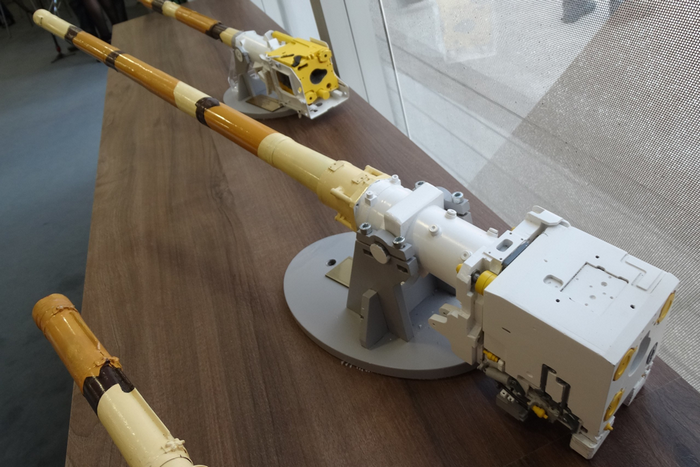
The Armament Research & Development Establishment (ARDE) has announced its plans to develop an advanced main gun for the Next Generation Main Battle Tank (NGMBT).
This new main gun will incorporate cutting-edge features, including autonomous threat engagement, electro-mechanical gun stabilization technology, self-obturating breech mechanism, and threat-based ammunition selection. With the potential development of a 120mm smoothbore gun, ARDE aims to equip the NGMBT with state-of-the-art firepower and capabilities.
Continue readingSOURCE: RAUNAK KUNDE / NEWS BEAT / IDRW.ORG

India is gearing up to conduct the first flight test of a tube-launched loitering munition, which was showcased by a private sector drone startup company based in Bengaluru at last year’s Defence Expo. The manufacturer plans to launch the munition from a disposable tube launcher that can be easily equipped with a serviceman’s gear.
This lightweight munition, weighing less than 7 kilograms, is designed for a range of over 30 kilometres and has an impressive endurance of 45-60 minutes. It can be armed with high-explosive anti-tank (HEAT) and thermobaric warheads, making it a versatile and effective weapon system.
Continue readingSOURCE: RAUNAK KUNDE / NEWS BEAT / IDRW.ORG
The Defence Research and Development Organization (DRDO) has embarked on a crucial phase of trials for the Astra MkII Beyond Visual Range Air-to-Air Missile (BVRAAM). Carriage trials and testing of the Dual Pulse rocket motor, a key component of the missile’s propulsion system have been completed.
As part of the ongoing development process, nearly ten units of the Astra MkII BVRAAM are currently under fabrication to be utilized for full-scale developmental trials. These trials are scheduled to commence soon, and efforts are being made to optimize the missile’s performance further through software and hardware upgrades. By fine-tuning various aspects of the missile, DRDO aims to extend its range beyond the already impressive 160km.
Continue readingSOURCE: RAUNAK KUNDE / NEWS BEAT / IDRW.ORG

The Defense Research and Development Organization (DRDO) and Hindustan Aeronautics Limited (HAL) have reached an important decision regarding the development of the Advanced Medium Combat Aircraft (AMCA) prototypes.
It has been agreed that private sector companies will play a significant role in the construction of these prototypes, and they will also be involved in the assembly of the jets before a special purpose vehicle (SPV) is established to engage Indian industries on a large scale.
Continue reading